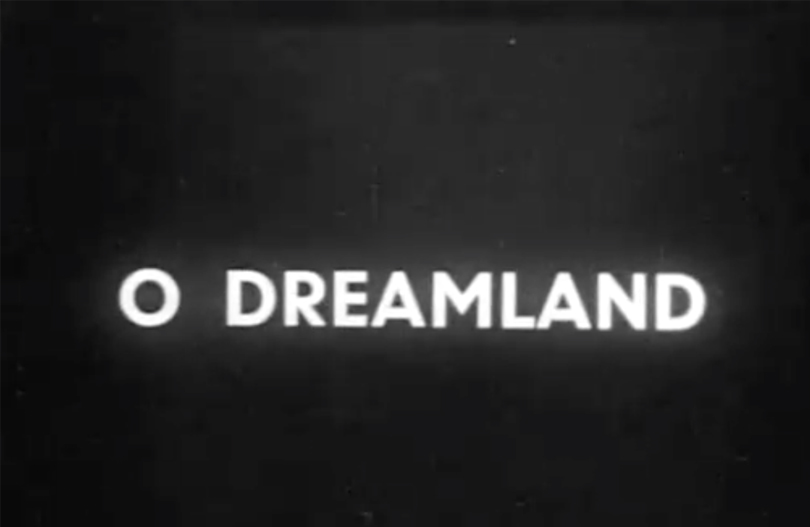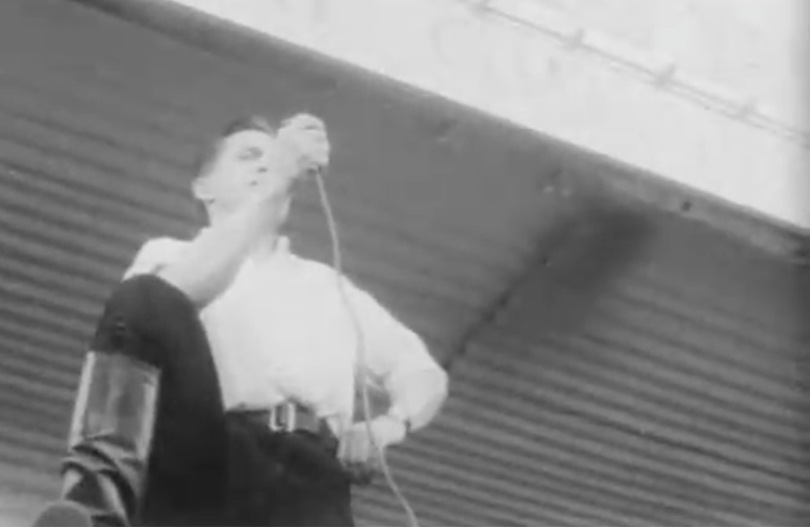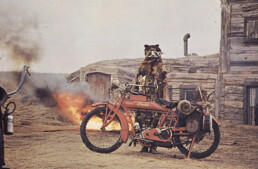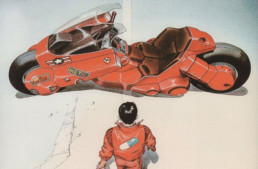The Vintagent Classics: The films that inspired us.
O DREAMLAND (1953)
Run Time: 12:14
A Film By: Lindsay Anderson
FILM MAKERS
O Dreamland is a 1953 documentary short film by British film director Lindsay Anderson.
The documentary was made in 1953 by Anderson and his cameraman/assistant, John Fletcher, using a single 16mm camera and an audiotape recorder. Once completed, the film was initially shelved, with Anderson commenting, “you don’t do anything with a 10-minute, 16-millimetre film. It’s just there, that’s all.” In 1956 however, he was inspired to include it as part of the first Free Cinema programme.
The black-and-white film is a 12-minute exploration of the Dreamland amusement park in Margate, Kent and has no voiced commentary but a soundtrack of sounds recorded on site and music.
Gavin Lambert, a key supporter of the Free Cinema movement, said of the film “Everything is ugly… It is almost too much. The nightmare is redeemed by the point of view, which, for all the unsparing candid camerawork and the harsh, inelegant photography, is emphatically humane. Pity, sadness, even poetry is infused into this drearily tawdry, aimlessly hungry world.”
SUMMARY
It is 1953. Members of the working class rush off to Dreamland Amusement Park in the English coastal town of Margate, where they gape at a show featuring torture devices, a lion pacing back and forth in a undersized cage, a ventriloquist’s dummy dominating the scene with his sinister chuckle, and a dwarf praises his wares: “The dreams I dream are yours to see. Over there in reality.” Director Lindsay Anderson interviews nobody, but uses his 16mm camera to record the entertainment and the people who are drawn to it, often in close-up. He records the visitors’ facial expressions, kids eating sweets, and bored bottoms on barstools. The result is an impressionistic portrait of vapid entertainment, enhanced by a soundtrack that consists of the booming sounds of the amusement park and the constant, hollow cackle. Anderson released O Dreamland in 1956 as one of the first products of the Free Cinema movement, founded by Anderson and other filmmakers to free themselves from the strict rules of the documentary genre.
RELATED MEDIA
This film is included in The Vintagent Film Archive because of the Wall Of Death scene (George Todd’s Wall), because we collect everything W.O.D!
Watch the FULL FILM





